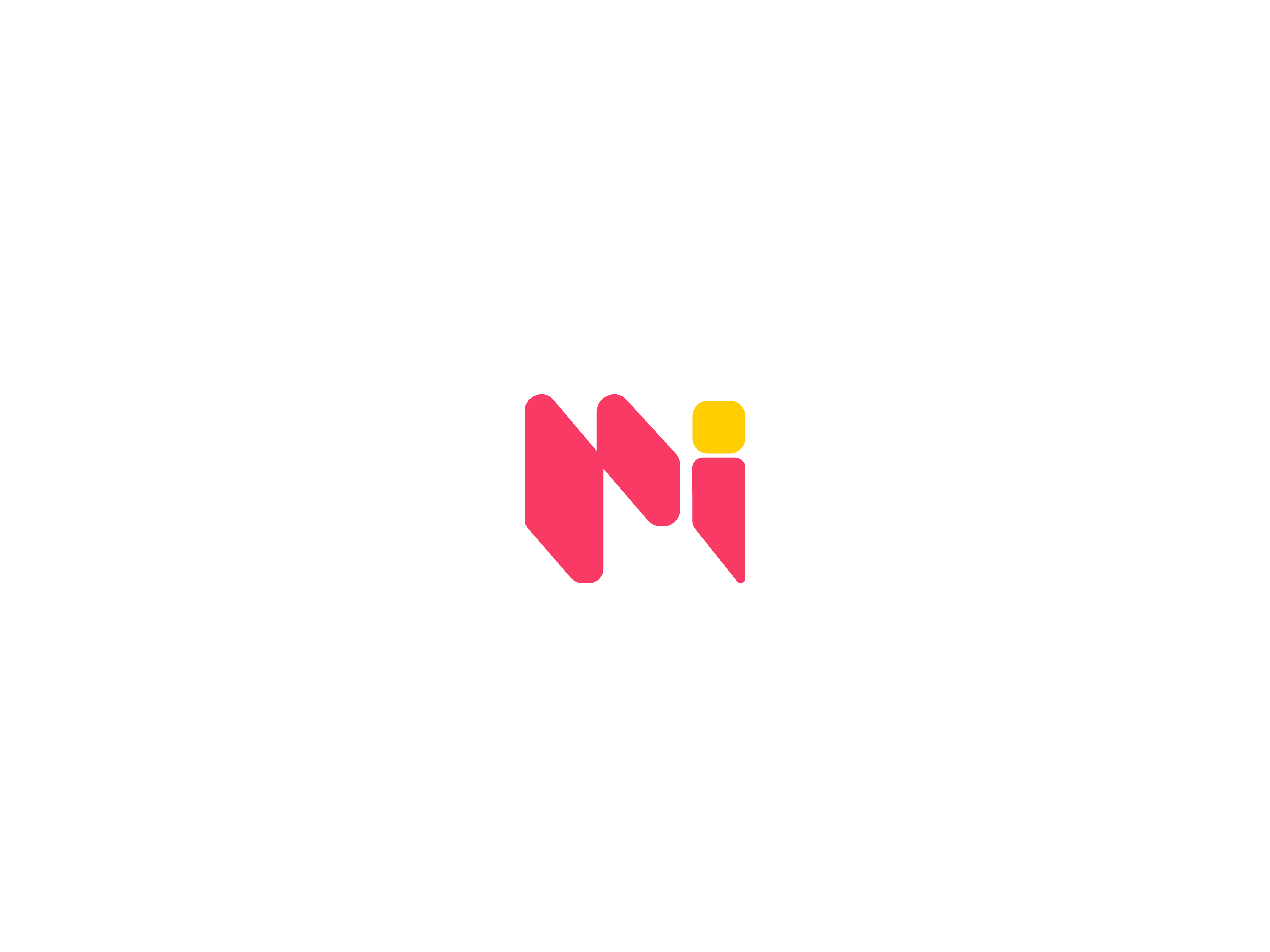


In the fast-paced online world we live in users have limited attention spans. Thats why prioritizing user experience (UX) optimization is crucial. Poor navigation and high bounce rates can greatly affect the success of a website. So in this article well explore effective strategies to improve overall UX ensure seamless navigation and reduce bounce rates. By implementing these techniques website owners can foster user engagement increase conversions and achieve their goals.
Understanding User Experience Optimization
Before we dive into the specifics lets first understand what user experience (UX) optimization is all about. UX optimization refers to enhancing a websites design usability and functionality to provide visitors with a positive and intuitive experience. Effective UX optimization not only improves navigation and reduces bounce rates but also enhances user satisfaction increases the time spent on the site and drives conversions.
Streamlined Navigation: The Backbone of UX
An exceptional user experience relies on the ability to easily find desired information. Streamlined navigation ensures that visitors can effortlessly explore a website find what theyre looking for and take the desired actions. Here are some key strategies to optimize website navigation:
Clear and Intuitive Menu Structure
A well-designed menu structure acts as a silent guide leading users seamlessly through a websites content. Consider the following tips for organizing an intuitive menu structure:
Keep the menu visible and easily accessible on all pages.
Categorize content logically and use clear labels for menu items.
Avoid overwhelming visitors by limiting the number of menu items.
Implement dropdown menus for subcategories to establish a hierarchical structure.
Consistent and Predictable Layout
Design isnt just about appearances; its also about functionality as Steve Jobs famously said. Consistency in website layout fosters familiarity and reduces cognitive load. Users should be able to anticipate the placement of key elements and navigate without confusion. Keep the following guidelines in mind for creating a consistent layout:
Place the logo in the top-left corner and link it to the homepage.
Maintain a consistent positioning of essential elements like search bars navigation menus and contact information.
Use standard iconography for common actions such as shopping cart and search.
Optimize the placement and visibility of important Call-to-Actions (CTAs) to encourage engagement.
Search Functionality
Search reigns as the queen of website functionality as Gerry McGovern aptly puts it. Implementing a robust search functionality empowers users to quickly and easily find specific information. Here are some tips for optimizing search on your website:
Prominently place the search bar ideally in the header or sidebar.
Implement autocomplete and suggestive search features to assist users.
Provide filters or sorting options to refine search results.
Ensure the search button is easily recognizable and clickable.
Reducing Bounce Rates: Engaging Visitors
High bounce rates indicate that visitors leave a website without further interaction which contributes to a poor user experience. To reduce bounce rates and keep visitors engaged the following strategies can be highly effective:
Optimize Page Loading Speed
Time is the key to attracting this fast world. Users expect websites to load quickly. Not only do slow-loading web pages annoy users but they also lower in search engine results.. To optimize page loading speed:
Reduce file sizes by optimizing and compressing photos.
Reduce the size of JavaScript and CSS files to speed up loading.
Utilize caching techniques to store static resources locally allowing for faster access.
Consider using a Content Delivery Network (CDN) to deliver content from servers closer to the users.
Engaging and Relevant Content
Content holds the crown as Bill Gates famously said. Compelling and relevant content can captivate visitors and encourage further exploration. To create engaging content:
Understand your target audience and tailor the content to their needs and interests.
To generate interest use attention-grabbing headlines and subheadings.
Incorporate visuals such as images infographics and videos to enhance engagement.
Break down content into scannable paragraphs and use bullet points for easy consumption.
Optimized Call-to-Actions (CTAs)
A well-crafted call-to-action spurs immediate action as an unknown wise person once said. Well-designed CTAs prompt users to take desired actions reducing bounce rates and increasing conversions. Consider the following tips for optimizing CTAs:
Use clear and persuasive language that emphasizes the value of the action.
Utilize contrasting colors to make CTAs stand out.
Strategically place CTAs within the content such as at the end of blog posts or landing pages.
Conduct A/B testing to identify the most effective design and messaging for CTAs.
Conclusion
Enhancing user experience through optimized navigation and reduced bounce rates is key to a successful website. By implementing strategies such as clear menu structures consistent layouts robust search functionality fast page loading speeds engaging content and optimized CTAs website owners can create exceptional user experiences that foster engagement increase conversions and ultimately achieve their goals. Continuously monitor and analyze user behaviour to identify areas for further improvement and ensure a constantly evolving user-centric website experience.
Investing in UX optimization is a worthwhile investment in the long-term success of your website.